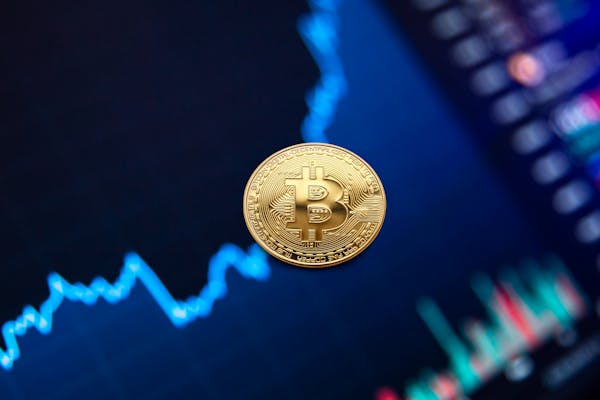3D finger-vein ID tech claimed to be just about foolproof
It often looks that as quickly as another type of biometric ID authentication is formulated, another person devises a way of fooling it. According to its creators, on the other hand, a new 3D finger vein-scanning procedure can’t be duped.
1st of all, there are by now identification-verifying technologies that accomplish a two-dimensional scan of the unique pattern of veins in a person’s fingers. The new system is diverse – and reportedly much harder to trick – in that it performs a 3-dimensional scan.
Established by scientists at New York’s University at Buffalo, it incorporates an present technological innovation known as photoacoustic tomography.
Customers begin by putting their finger on a flat glass system, not contrary to a fingerprint scanner. A pulsating laser then illuminates that finger, shining deep into the tissue. When that light-weight hits a vein, the blood vessel absorbs some of the energy, and responds by creating a wave of ultrasound. An ultrasound detector in the scanner detects that wave along with others from other veins, working with them to build a 3D impression of the vascular community within just the finger.
The prototype system has previously been tested on 36 persons, executing scans of the 4 principal fingers on both of those of their arms. It was reportedly exact at accepting or rejecting an individual’s claimed identification 99 per cent of the time.
“The 3D finger vein biometric authentication system we developed enables amounts of specificity and anti-spoofing that had been not probable in advance of,” says direct scientist Dr. Jun Xia. “Due to the fact no two men and women have exactly the exact same 3D vein pattern, faking a vein biometric authentication would require generating an exact 3D reproduction of a person’s finger veins, which is fundamentally not doable.”
Xia’s staff is now working on even more miniaturizing the technologies, and finding the imaging time down to fewer than one particular 2nd. The system could eventually come across use in superior-stability services this sort of as financial institutions, or even be incorporated into smartphones.
A paper on the investigation was just lately published in the journal Applied Optics.
Supply: The Optical Culture








